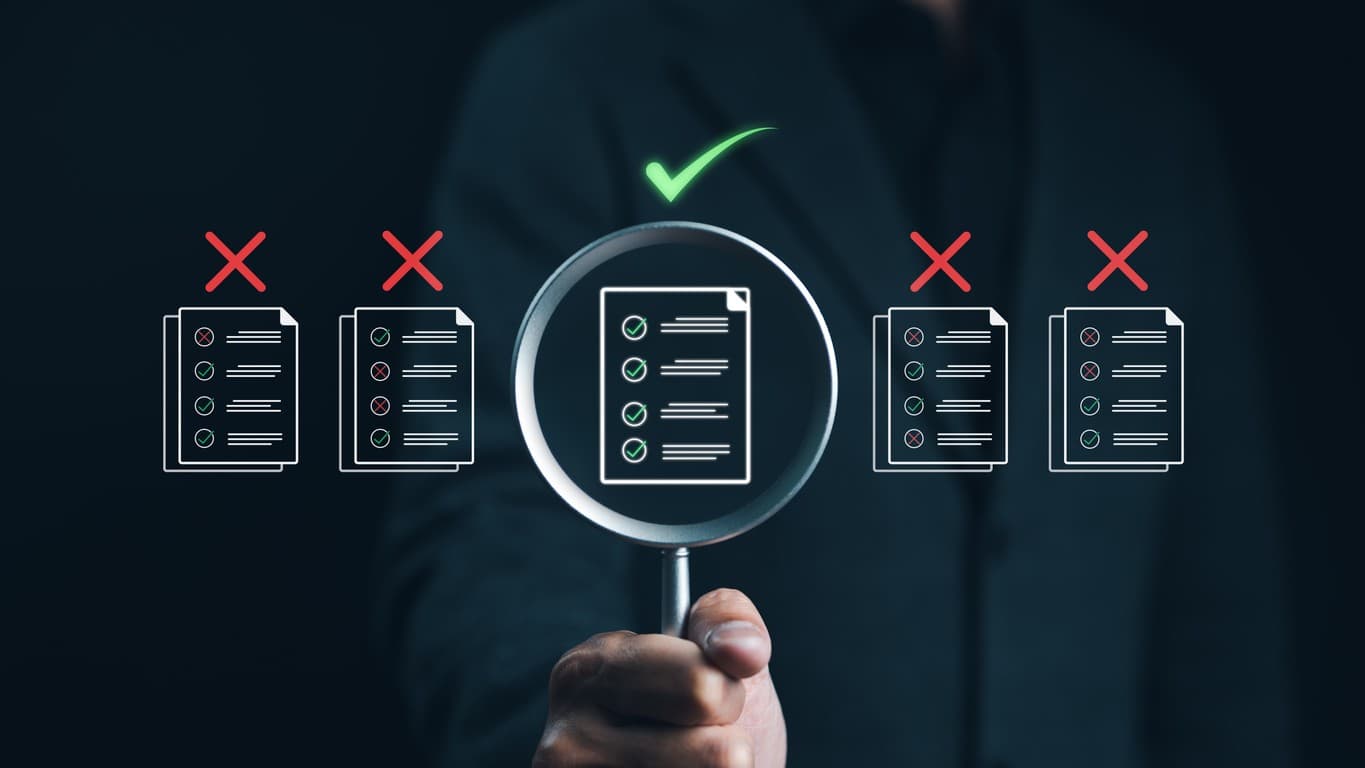What You’ll Learn:
- The difference between a business line of credit and a business credit card
- When a company should use one or the other
- Why using Hopscotch Flow might be a better option
Every small business faces cash flow challenges. What makes the difference between those who fail and those who succeed is how they solve the dilemma: investing in growth opportunities or playing it safe with cash reserves.
Learn about the different opportunities you get from a business line of credit vs business credit cards, and why credit tied to your accounts receivable could be an even better option.
Understanding the difference between a business line of credit and a business credit card
The strategic small business owner knows opportunity doesn’t wait—either you act fast or you miss out. The ultimate difference between boom and bust is having instant, flexible access to capital.
There are two popular financial tools SMBs turn to when attempting to scale operations:
- Business lines of credit: A revolving line of credit gives you access to cash that can be drawn, repaid, and reused. This safety net is available when you need to tap into it, and you only pay interest on what you use.
- Business credit cards: As another option, a business credit card is there for you to use for frequent purchases, and may come with perks like a rewards program, expense tracking, and purchase protections.
Both options will cover your short-term need for liquidity, but there are important differences. They may look identical, but they aren’t twins.
When should a business use a line of credit or a business credit card?
Choosing the right product comes down to one crucial detail: how you plan to use the funds. To decide when to use a business line of credit vs business credit cards, ask yourself these questions:
- Do you need to cover day-to-day expenses or less-frequent, large purchases?
- Do you need liquidity to manage ongoing expenses like paying your vendors, or for larger expenses?
- How much do you care about rewards and purchase protections?
- How quickly can you repay what you spend?
Is it better to have a credit card or a line of credit? When to use them
A business line of credit is ideal for cash-in-hand expenses like payroll and rent—and let’s be honest, it comes in handy when clients are behind on payments!
Credit cards work best for day-to-day expenses like supplies and utilities. And you might as well earn rewards on purchases you’re making anyway, right?
Better yet, use them both strategically: a line of credit for backup cash flow and larger expenses, and a credit card for daily operations and rewards.
How each option works—and what sets them apart
The best way to make an informed decision about using these financial tools is to understand their key differences.
Business line of credit
Think of this as your financial safety net with a predetermined limit. During the draw period, you can access funds via checks, transfers, or debit cards, only paying interest on what you borrow.
How long do you have to pay off a business line of credit? Typically, one to three years.
Credit limits could be anywhere from $5,000 to $500,000. It all depends on your company’s creditworthiness. Your limit will be higher with a long history of consistent revenue and a good credit score.
There are numerous types of business lines of credit, and interest rates vary widely between them, but interest rates are usually lower than credit cards. Generally, a traditional bank line of credit runs from 8–12%, which starts accruing when you draw funds. You’ll typically make weekly payments during the draw period, then transition to fixed installment payments once the draw period ends.
Fees might include:
- Origination costs (0–2% of the credit limit)
- Annual fees ($100–$250)
- Draw fees (1–2% each time you access funds)
Lines of credit can be secured with business assets, or they can be unsecured based on your creditworthiness.
Business credit card
Credit cards provide instant liquidity up to your credit limit, and as long as you’re in good standing, the account remains active without any draw period to worry about. The card limit also depends on creditworthiness, but it’s generally lower than lines of credit.
Businesses can qualify for credit cards even with limited credit history, so they are a more accessible option for startups.
Interest rates can range anywhere from 17% to 30% (variable APR), which is higher than most lines of credit. But if you can afford to pay off your balance each month, you can avoid any accruing interest.
Don’t forget those reward programs! Credit cards often come with cash back, points, or miles and may include travel insurance, purchase protection, and extended warranties. They’re also handy for tracking your expenses.
Fees might include:
- Annual fees
- Late payment fees (commonly $25–$50)
- Cash advance fees ($5–$40 or 3% of the amount)
- Over-limit fees
Business lines of credit vs business credit cards: A side-by-side view
| Feature | Business Line of Credit | Business Credit Card |
|---|---|---|
| Credit Limits | $5,000–$500,000+ | Generally lower |
| Interest Rates | Lower (prime + margin) | Higher (17–30% APR) |
| Qualification | Stronger requirements | Easier for startups |
| Access Period | Draw period (1–3 years) | Ongoing |
| Grace Period | None | Yes, on purchases |
| Rewards | Rarely offered | Common (cash back, points) |
| Best For | Large, irregular expenses | Daily operations |
| Cash Access | Direct cash available | Cash advances (fees & high interest) |
Common business scenarios
It doesn’t hurt to have some real-world examples of using a business line of credit vs business credit cards.
Project-based cash flow
When you’ve got to cover payroll and rent, but clients are late on payments or regularly pay at the end of 30-day cycles, a line of credit is critical to keeping the lights on.
Retail operations with frequent purchasing needs
Restocking inventory, paying for shipping, and managing multiple vendor purchases are ideal examples of when to use credit cards for your retail business purchases.
Startups building credit while optimizing cash flow
Startups can use credit cards to build a positive credit history, all while covering SaaS subscriptions, travel costs, and office supply purchases.
Established companies taking advantage of opportunities
A line of credit can be used strategically for business growth or to take advantage of unique opportunities. This could mean hiring additional staff to take on a larger client project, expanding locations, or making an important equipment purchase that increases the company’s product capacity.
Hopscotch Flow as your best alternative
Forward-thinking business owners understand that using these financial tools to their advantage can fuel business growth. Here’s what’s interesting: Beyond a line of credit and credit cards, there’s also a third option—and it doesn’t even require taking on debt.
Done right, your accounts receivable can unlock powerful growth and resilience without the headaches stemming from traditional financing.
With Hopscotch Flow, you can convert your pooled accounts receivable into instant working capital without traditional factoring downsides. Start by building transaction history through Hopscotch invoicing, and then get pre-approved (within 24–48 hours) to access 80–90% of your outstanding invoices.
Bret Lawrence
Writer
Bret Lawrence writes about invoicing and cash flow management at Hopscotch. Her previous roles include senior financial writer at Better Mortgage, where she covered lending and the home buying process. Her writing is not financial advice.




